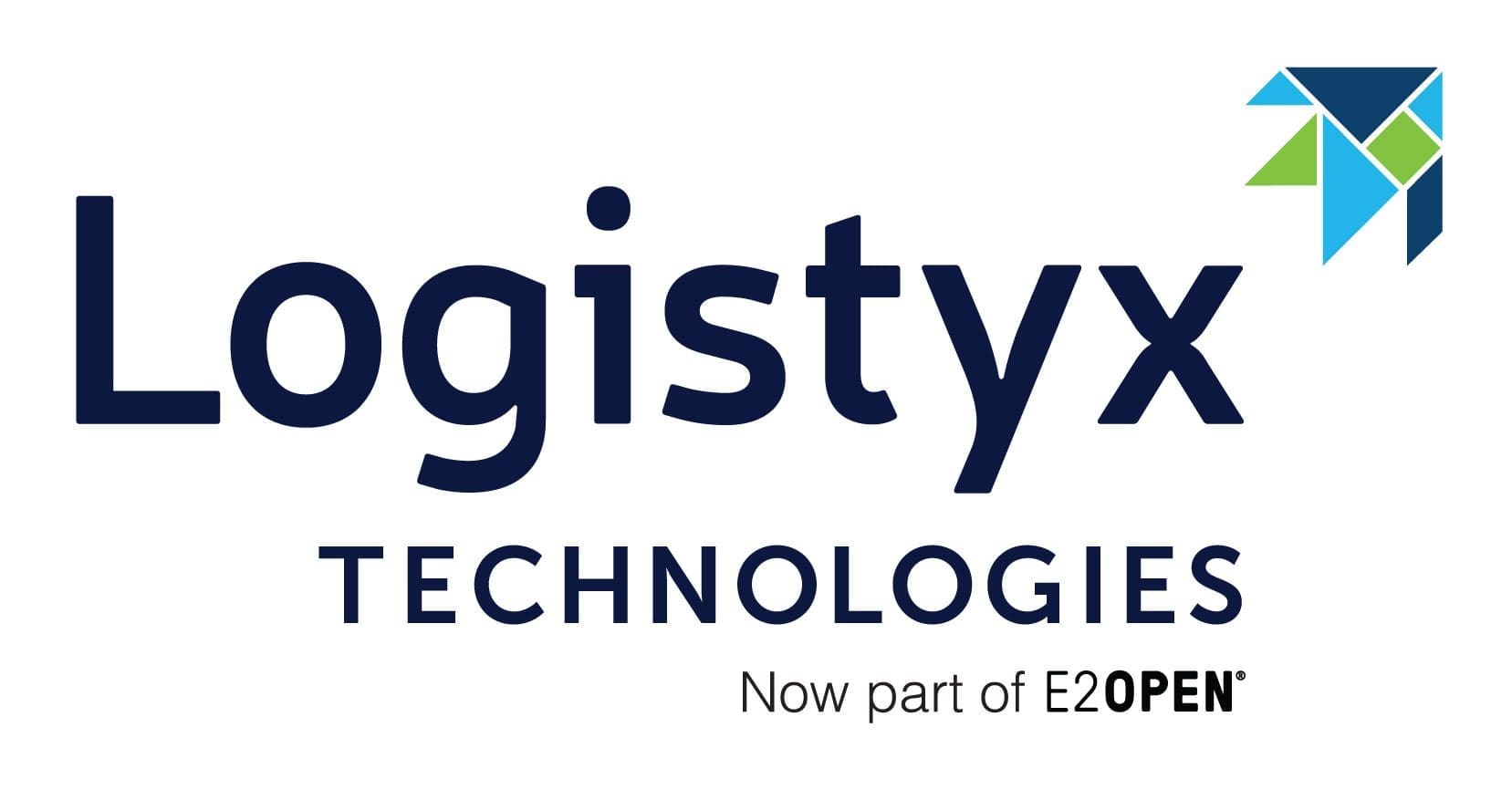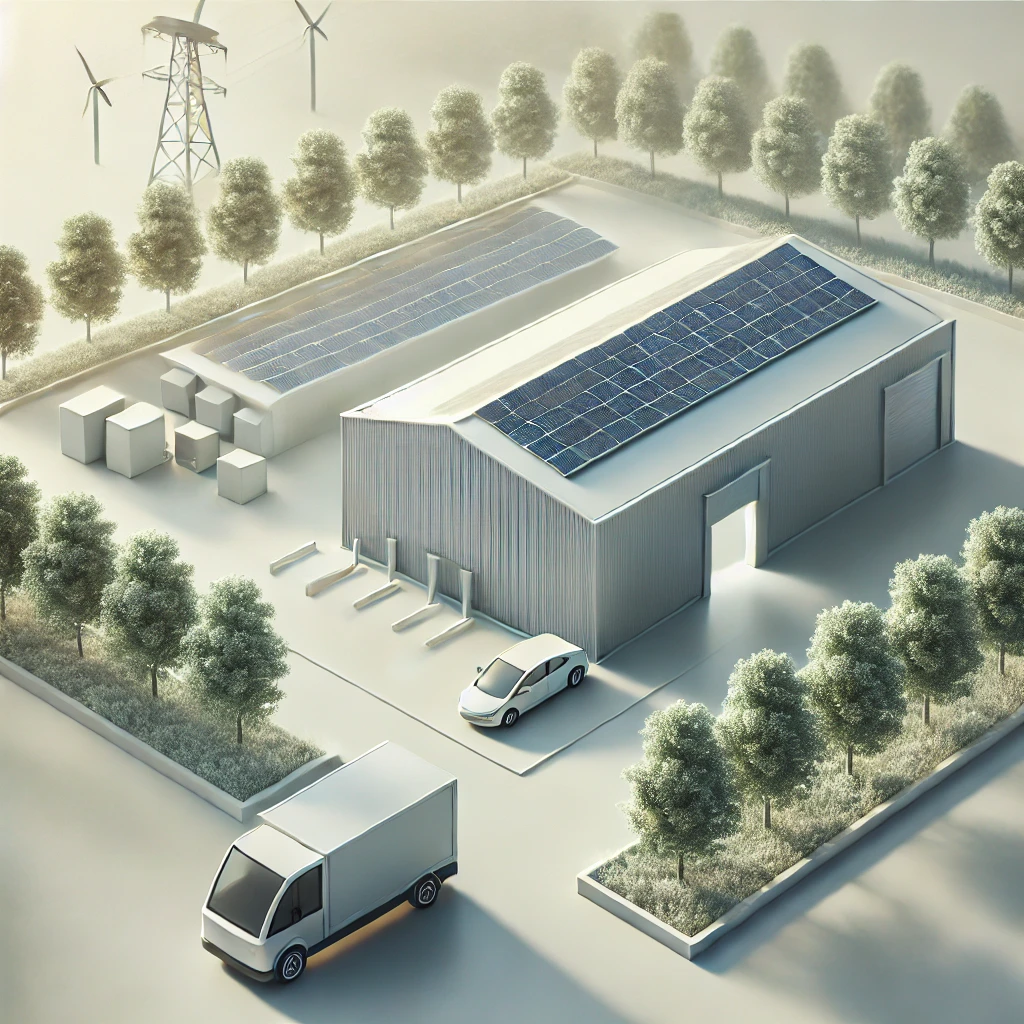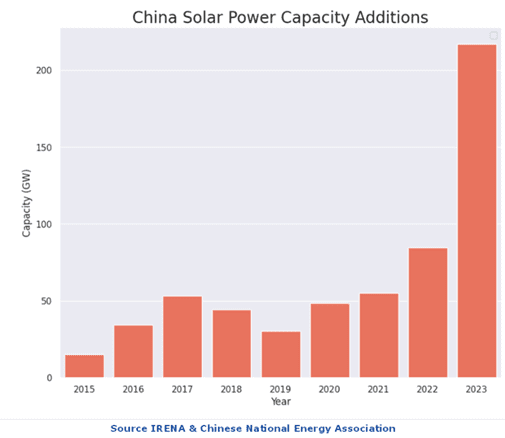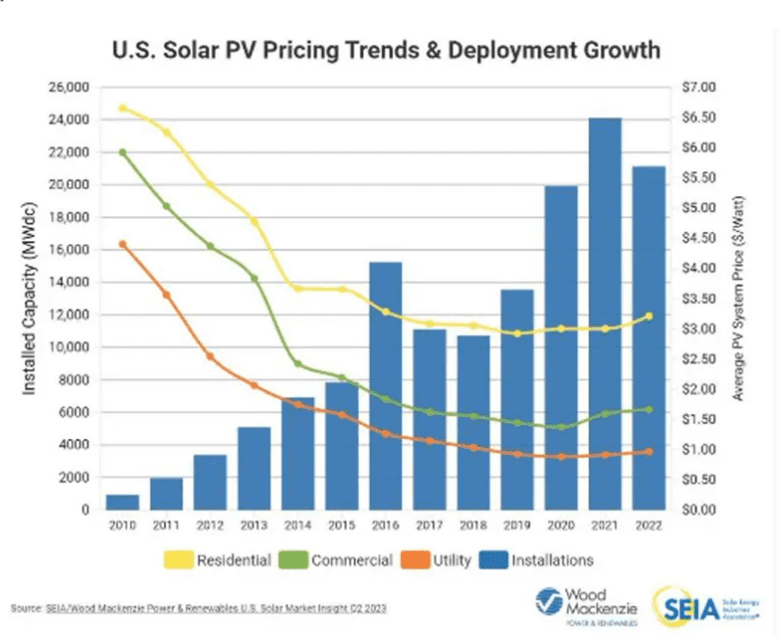While the historical “War of the Currents” between Thomas Edison and Nikola Tesla seemingly settled on alternating current power dominance, the energy transition created a close relationship between alternating current and direct current power. We’re witnessing a surge in DC power systems and the need for efficient conversion to and from AC and DC. This […]
The energy transition is driven by the goal to decarbonize the energy used for transportation, buildings, and industry. Lacking a low-cost way of removing greenhouse gases from the air, the solution is to electrify as much as possible with clean power. In 1990, coal accounted for 54.6 percent of the total electricity generated in the […]
The reason that microgrids are growing faster than larger grids comes down to economics. In many cases microgrids are now bankable investments due to high power costs, low renewable and battery costs, and the value of improving power resilience. The option of using local power generation from a microgrid for supplying your electric power can […]
According to Gordon Van Welie, President & CEO ISO-NE, unless new electric markets are developed, rolling blackouts may come to New England grid customers. It should be noted that this is a class of risk not generally considered in North America by supply chain professionals. But, if it can occur in New England, it can probably occur across the entire United States.
The oil and gas supply chain is complex. One set of complexities involves tank farms. The often-massive storage tanks and extensive auxiliary equipment and instrumentation represent expensive assets. Achieving operational flexibility involves coordinating a large set of technologies and business functions. This article describes oil tank storage and movement best practices.
Just because we have a massive junkyard of data in a data lake does not mean we have the right data to answer key supply chain questions like: “How do I improve production rate, reduce maintenance costs, or improve product quality in my factory”. Machine learning with neural networks is a promising technology for extracting useful models for data, but typically needs very specific data that is not likely to be found in a data lake.





















